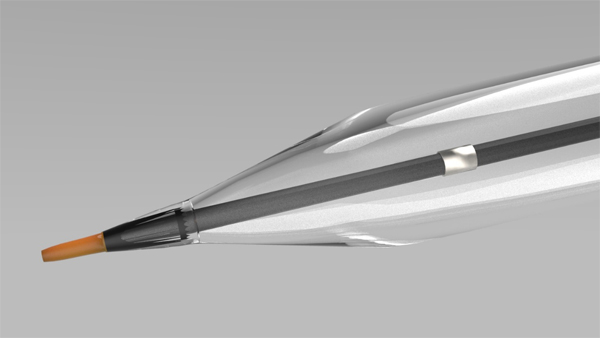
Balloon catheters are used in a wide range of minimally invasive diagnostic and therapeutic procedures, including dilating vessels, opening blockages, delivering stents, and more.
There are many factors to consider when designing a balloon catheter, including the application, type of balloon, type of catheter, and device performance requirements.
Applications
The application for which the catheter will be used is the primary driver of catheter design. Common applications for balloon catheters include:
- Renal denervation
- Cryoablation
- Balloon sinuplasty
- Transcatheter aortic valve implantation (TAVI)
- Drug delivery
- Stent delivery
- Balloon occlusion
- Balloon angioplasty
- Esophageal dilation
- Atherectomy
- Balloon carpal tunnelplasty
- Kyphoplasty
Balloon types
There are three main types of balloons:
- Noncompliant (high-pressure) balloons are typically made of polyester or nylon. They’re used for applications in which the balloon needs to expand to a specific diameter and exert high pressure to open a blockage or dilate the vasculature.
- Semi compliant (mid pressure) balloons are commonly made of Pebax or higher-durometer polyurethanes. They’re used in applications in which you need mid-high pressures but want more compliance than a noncompliant balloon and more flexibility to ease delivery.
- Compliant (elastomeric) balloons are typically made of polyurethane or silicone. They are inflated by volume, rather than pressure. Able to stretch 100% to 800%, they are often used in applications that require the balloon to fully conform to or occlude the anatomy.
Catheter types
Most balloon catheters require support to achieve the column strength needed to insert and advance the catheter into position. There are three common types of catheter designs:
- Over-the-wire (OTW) balloon catheters feature a guidewire that tracks along the full length of the catheter.
- Rapid exchange (RX) balloon catheters have a guidewire along only a short section (about 25cm), saving time compared with advancing a guidewire through the full length of the catheter.
- Fixed-wire (FW) balloon catheters have a wire core built inside the catheter, eliminating the need for a guidewire to advance the catheter to the treatment site.
Performance requirements
While there are many performance characteristics to consider in a catheter design, some key properties include the following:
- Inflation/deflation is the time it takes to inflate and deflate a balloon. To minimize this time, design the catheter to maximize the cross-sectional area of the inflation lumen.
- Trackability is the catheter’s ability to advance through the anatomy to reach the treatment site. This is especially important for tortuous anatomy, such as in neurological applications.
- Insertion profile is the space needed to insert the catheter into the anatomy. The smaller the insertion profile, the smaller the incision site, which expedites the patient’s healing and recovery process.
These performance characteristics are often interrelated. For example, you can minimize inflation and deflation rates by increasing the diameter of the tubing. However, this also increases the catheter’s insertion profile.
The wide range of design considerations for balloon catheters can be can be daunting. An experienced contract manufacturing organization that specializes in the design, development, and manufacturing of balloon catheters can help guide you through the process of bringing your innovative technology to market.
By Danielle Kirsh
(https://www.medicaldesignandoutsourcing.com/balloon-catheters-key-design-considerations/)
